Voices through Pattachitra
This essay tied for the third place in the High School category in the fifth Civil Rights Essay and Art Contest for 2025 by Hindus for Human Rights and International Commission for Dalit Rights.
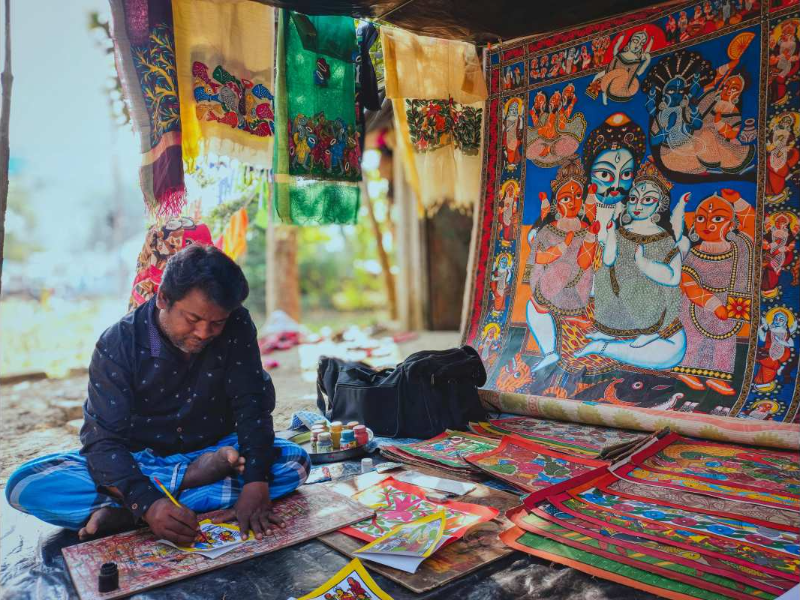 Representative image / Pexels
Representative image / Pexels
When I was a young girl at my grandparents' home, I would sit for hours admiring a tattered tapestry, frayed at the edges, with the mighty face of মা কালী (Kali Maa) plastered on it. Many times, cuddled up next to my grandfather, I asked him the tale of how he received the painting. He smiled his endearing smile every time and told me the story of how 50 years ago, on a cloudy day on the roadside in rural West Bengal, he bought it for no more than 1000 rupees from a young artist who was so grateful to my grandfather that he taught him the song tied to the painting as that was a main feature in পটচিত্র (Pattachitra) art. He would occasionally sing that song to me. Sometimes as a lullaby, sometimes as a song to cheer me up. A song about how Kali Maa, the symbol of strength, overcame all problems and how we should all try and attempt to face our struggles head-on. After his death, the song was my protective blanket. Any hardship I needed to overcome appeared, the almost haunting melody would appear in my head.
When I was in Kolkata, my mother took me to a workshop, and little did I know it was a Pattachitra workshop. Teaching us was a man, aged, his fingertips stained yellow from years of painting, and a young girl, a 5 or 6-year-old, hiding behind him, peeking out to see the group of teenagers ready to learn a new form of art.
To start the lesson, the man unraveled a large roll of paper, longer than my grandparents’ tapestry. He introduced himself and his daughter, explaining how his family had been making Pattachitra art for generations in a rural area of West Bengal called Pingla (পিঙ্গলা), 2 hours away from the bustling city of Kolkata. He directed our eyes to this massive scroll he was holding. Almost like a comic, the scroll was partitioned into several smaller paintings. He placed his finger to his mouth, shushing all of us children, and gestured at his daughter to start singing.
ALSO READ: Where the walls once spoke
The artist pointed to the first painting on the scroll, a prosperous village. His daughter sang a song roughly translated to this:
Look at this village, lush and green. The trees bring infinite wealth and prosperity. All the villagers and nature live together in harmony.
The artist pointed to the next frame, factories being built in the village, smog and smoke like a sheet covering the sky. His daughter sang:
As smoke filled the air, the trees wilted, the fish died, the villagers left. What was once a beautiful village is no more.
The artist pointed to the next frame, a group of people in a now deserted village. His daughter sang:
Decades later, new people arrive in this ghostown. What do they do? They plant trees. They plant and plant until there is no space. They water and water the plants until the trees start to sprout.
The artist pointed to the last frame, a new prosperous village. His daughter sang:
After decades of growth, restoring the village and hard work, the birds come back, and crops are available to harvest. The village is the same. However, if we never harmed the land, would we need to rebuild in the first place?
I remember the entire room being silent after the song. The artist told us children that these were called Patua (পটুয়া) songs. This particular one was to warn us not to pollute Mother Nature. He told us how this specific Patua song saved his village by warning the villagers not to allow pollutants to destroy the crops. Without this song, he said his village would not have enough food and crops. During the question section of the workshop, my friend asked the artist about what Patua songs should be about. The artist smiled and told us, “Patua (পটুয়া) songs can be about any cause, whether that's the environment, a crisis, or just something that makes you happy. Patua songs should be about something that means the world to you.” I kept those words in my head for years.
One year later, I went to a protest. Hundreds of people lined up to fight against sexual abuse. Scattered across hundreds of signs, I saw a scroll. A Pattachitra scroll. I grabbed my sister and squeezed past protesters to reach the signholder. While we were marching, I tapped her shoulder. I told her to start singing the song that she made for the scroll. She pulled over to the side and started singing. Her voice loud and proud. Hordes of people stopped to listen. That was the first time I truly felt human unity.
Pattachitra is not just art. It tells a story, unifies people for generations.
ADVERTISEMENT
ADVERTISEMENT
E Paper
Video


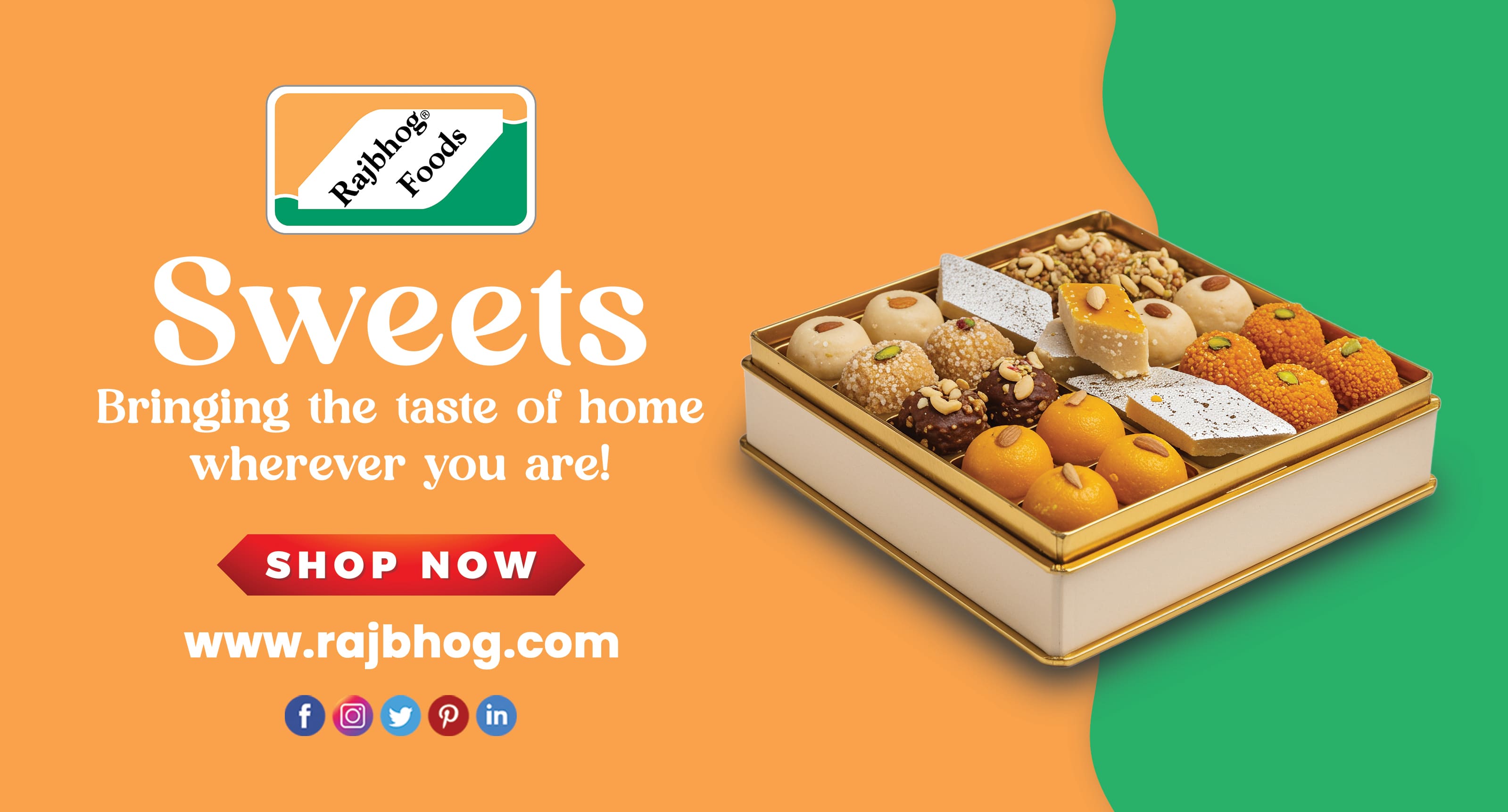
 Adrika Ghosh
Adrika Ghosh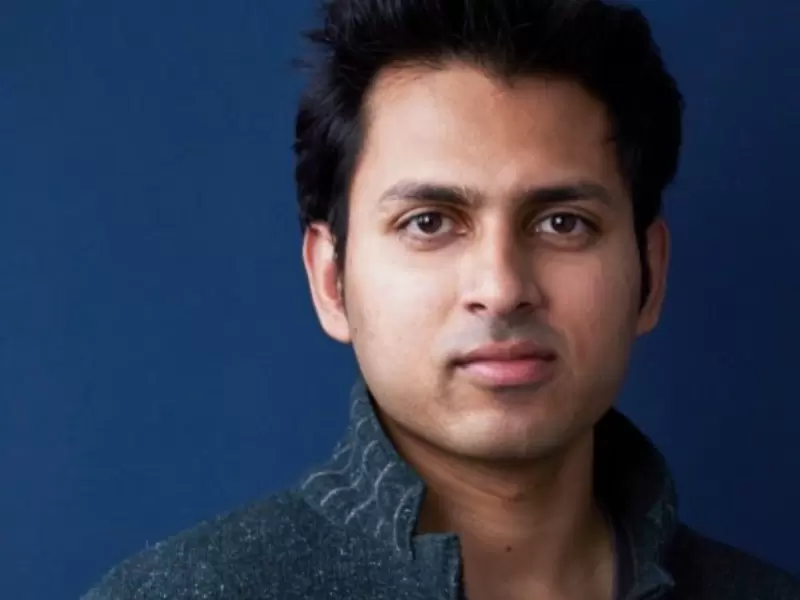
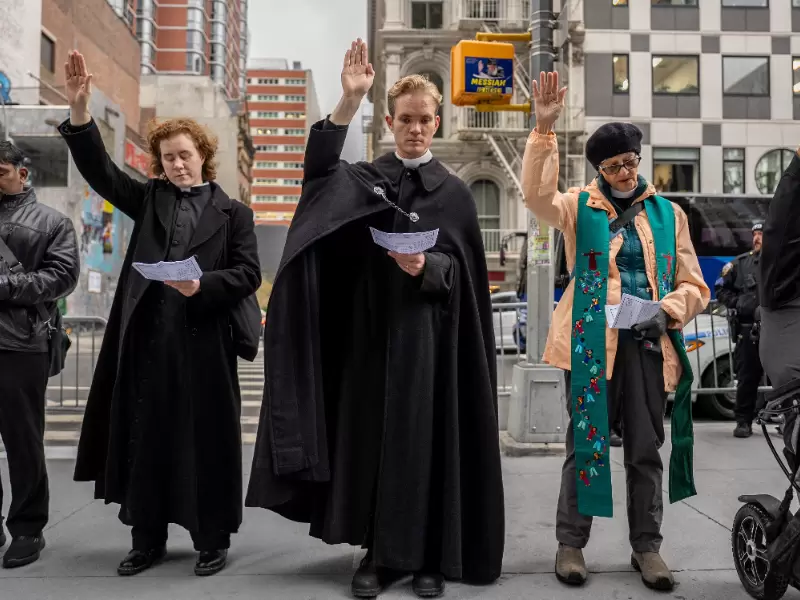

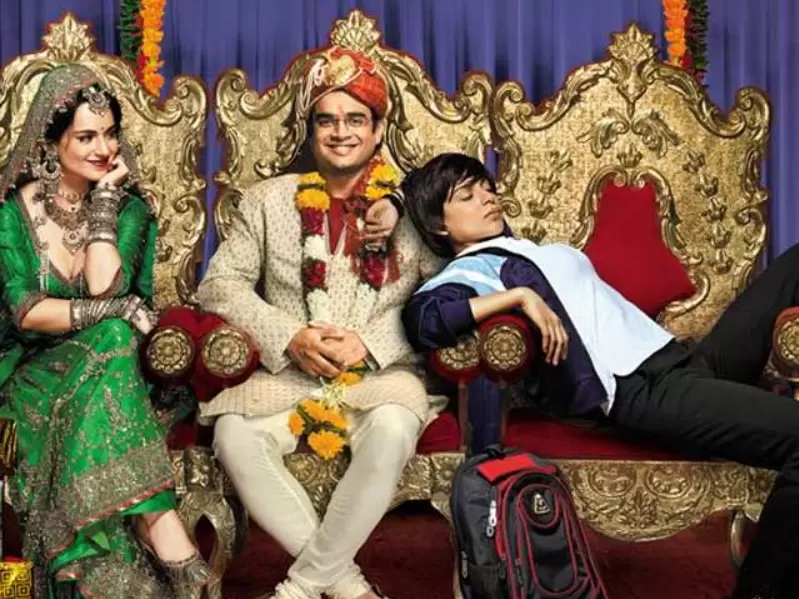



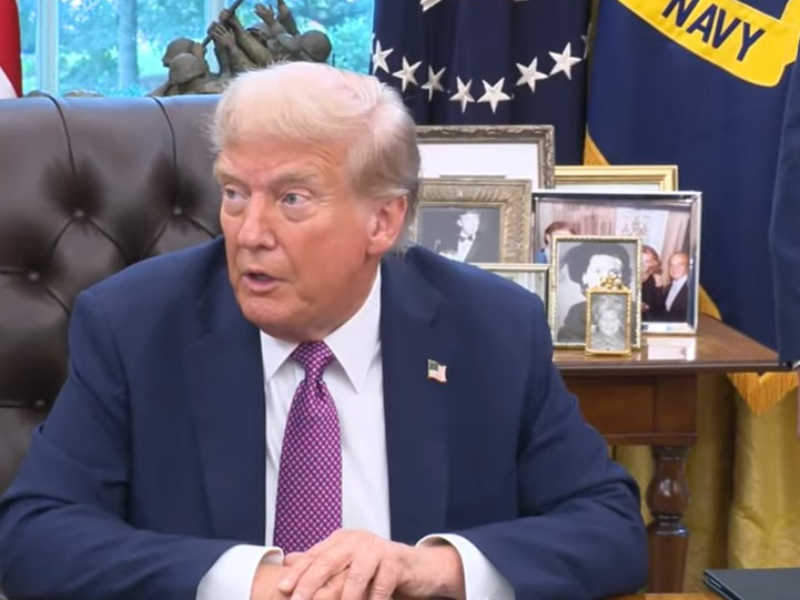





Comments
Start the conversation
Become a member of New India Abroad to start commenting.
Sign Up Now
Already have an account? Login